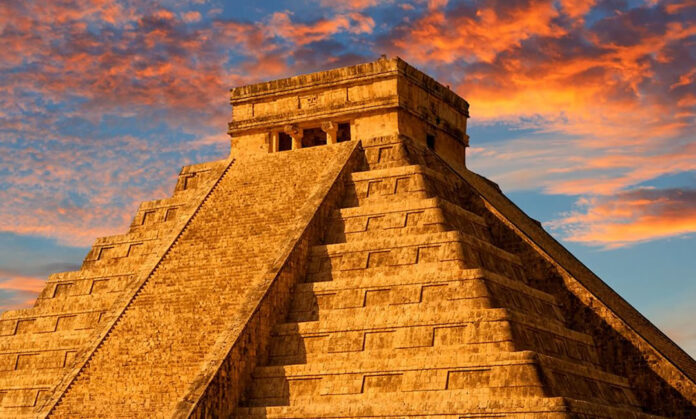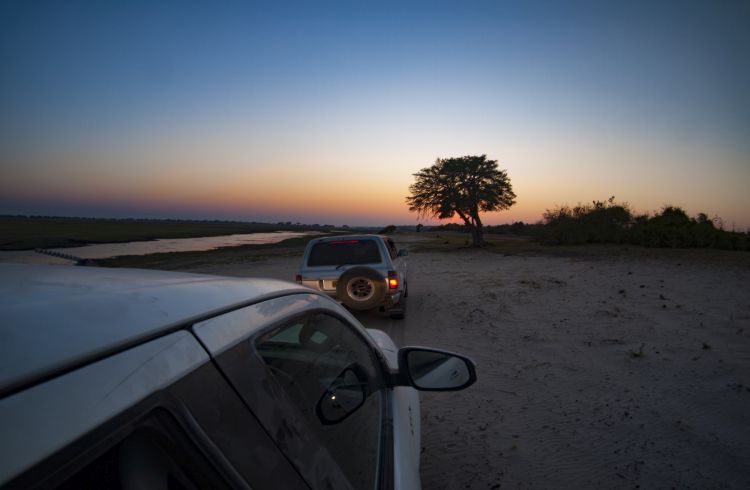The Maya name: “Chichen Itza” means ” at the edge of the Itza’s well.” This derives from chi’, meaning “mouth” or “edge”, and ch’e’en, meaning “well.” Itzá is the name of an ethnic-lineage group that dominated the northern peninsula of Yucatan, Mexico prior to the Spanish Conquest. It is believed that “Itza” derives from the Maya itz, meaning “magic,” and (h)á, meaning “water;” Itzá means: “Water Magicians.”
Archaeologists today believe that this majestic Mayan city rose as a prominent power towards the end of the Mayan Early Classic Period (600 AD) and current scholastic data places Chichen Itza’s Fall around AD 1000.
Chichen Itza Ancient Maya Urban Design
The impressive urban design found in Chichen Itza is extraordinary well planned, ancient Maya builders created clusters of pyramids and Mayan Temples in sets of clusters. The vast Chichen Itza urban zone extends far away from the area visited today by tourists.
Mayan Temples
The most visited cluster includes the New Seven Wonders majestic Maya pyramid of Kukulkan. The four most well known clusters of Mayan pyramids and temples within the ancient city of Chichen Itza are:
The Great North Platform
The Great North Platform, which includes Kukulkan Pyramid, Great Ball Court, Temple of the Jaguars, Tempe of the Warriors, Thousand Columns Market, Venus Platform, and to the north the Sacred Cenote of Chichen Itza.
The Ossario Group, which includes the Ossario pyramid,the Xtoloc temple, and the cenote of the Xtoloc.
The Central Group, includes the Maya Observatory or El Caracol, the group of Las Monjas and La Iglesia, plus the lovely Mayan temple of Akab Dzib.
Old Chichen or Chichen Viejo
Old Chichen or Chichen Viejo is located at the far south end of Chichen Itza visited zone. Old Chichen is not openned to the public.








